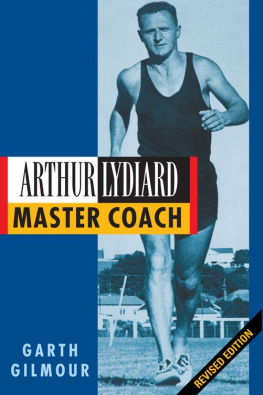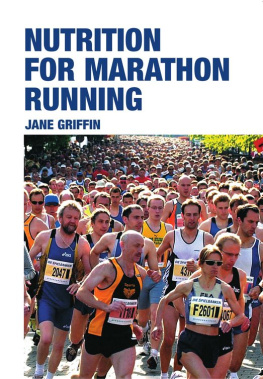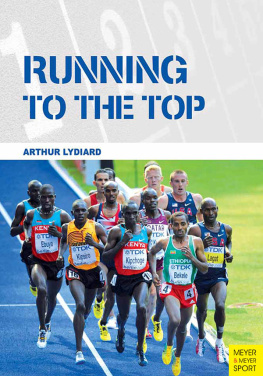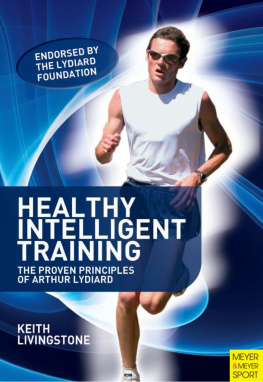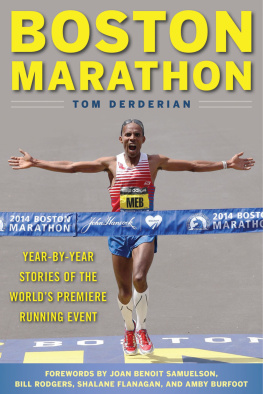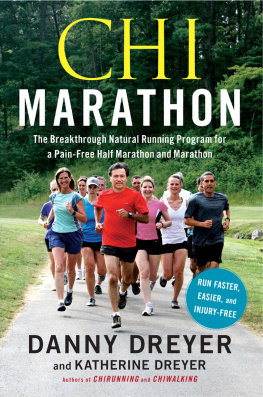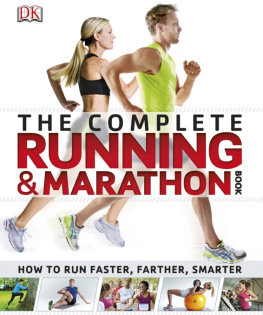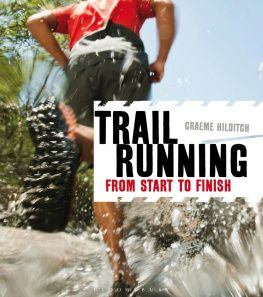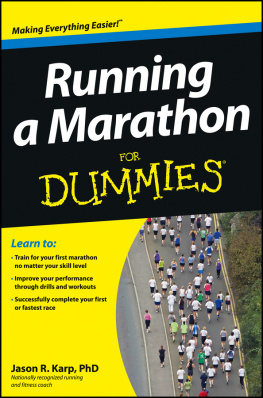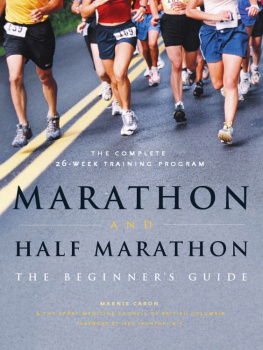The author gratefully acknowledges the willing cooperation and contributions of everyone who is mentioned in this book.
ARTHUR LYDIARD HAS been and is still one of the most influential personalities in world athletics. From his native land, New Zealand, his influence spread through the world to Asia and Australia, to the Americas North, South and Central, and to Europe, especially Russia, Germany, Finland and Denmark.
Arthur coached and lectured extensively across all areas of athletics the young and the old, the joggers and the lite, the fun runners and the thousands involved in the marathon boom, but the specialty that made him world-famous was developing Olympic and world champions from 800 metres to the marathon. The New Zealand genius was an innovator and a pathfinder, departing from traditional training methods to devise the Lydiard system, which produced athletes with superior stamina through long running and testing hills and enhanced their speed with surges and hillwork. His tapering strategy before races was masterly and a critical factor in his success.
Another crucial factor was his ability to instill confidence in his athletes. The combination allowed them to dream of achieving the impossible. That power was demonstrated by the dominance of Lydiards first champions, from 1958 through two Olympics to 1964 and beyond. In 1961, Murray Halberg, Peter Snell and Barry Magee were unbeaten over a range of distances from 800 to 10,000 metres. Magees only loss was by mere strides to Halberg over 3 miles.
More Lydiard-influenced stars followed: John Davies, Dick Tayler, Dick Quax, Rod Dixon and the unforgettable John Walker (coached by Arch Jelley). The tradition lived on. Across the Tasman, the great Australian distance runner, Ron Clarke, revitalised his career with a similar emphasis on long running inthe Dandenong Ranges on the outskirts of Melbourne and sustained surging running on Caulfield racecourse. He broke 19 world records from 2 to 10 miles. The Lydiard-Clarke influence was the impetus for the emergence of world marathon leaders Rob de Castella and Steve Monaghetti, whom I coached with Chris Laidlaw.
Magee was the surprise package to me a marathon runner with modest apparent speed who ran the third-fastest 3-mile and fifth all-time fastest 5000 metres. Does long work really slow you down?
Arthur made the challenging claim that the main requirement of a half-miler was endurance. Snell proved it. In December 1961, he ran a marathon in 2:41. On 27 January 1962, he ran a world mile record and on 3 February the world 800-metre and 880-yard world records. In 1964, he ran and won six races to take the very rare 800 and 1500 metres Olympic Games double in Tokyo.
Lydiard the master coach was also a master psychologist and an optimist whose runners had faith and confidence in his patient, thorough build-up methods. He believed they could achieve wonders and they did.
I thank Arthur and his athletes for their generosity and inspiration. I was fortunate to share their experiences on tour and in New Zealand. Their influence and example endured in my own running and, later, my even more rewarding coaching career. I owe much to Arthur Lydiard. Australasian athletes would do well to revisit the Lydiard system and the impossible dream of personal excellence may emerge again. As he and his runners demonstrated, there are no shortcuts.
Pat Clohessy
Brisbane 2003
THE WORLD-STARTLING TRACK and road performances of Lydiard athletes at the Rome Olympics in 1960, followed by their even more spectacular record-breaking sweep through the world in 1961, changed Arthur Lydiards life for ever. The small, spring-steel man who masterminded those successes moved from being a misunderstood magician who really wanted to be an architect to an internationally recognised and acclaimed authority on coaching. Fame was not something he sought, but he brought it upon himself and turned a job he did not want into a success which has touched millions of people in the last half-century.
After Rome, the world well, most of it wanted to know more and sought to exploit this newly discovered talent. It is a mark of Lydiards humility and humanity that, for decades, he gave advice freely to everyone who asked.
The Rome explosion and the subsequent trail that Lydiards runners burned through the world established one dominant truth: Arthur Lydiard was an architect not in the way of his private but aborted ambition to design buildings but as a creator of superb running machines out of the most basic raw materials.
He had learnt how to lay the foundations, painstakingly build the framework and finally add the cladding of the complete runner. Many of his athletes were masterpieces of planning and design because Lydiard didnt just shape runners, he placed them exactly at the distances for which they were physically, mentally and psychologically best suited; and he prepared them so their peak performances came at precisely the time required.
How he did it became the question asked all around the globe, except in his home country. In New Zealand, where conservatism in sporting development frequently manifests in a heads-in-the-sand mentality rather than an appreciation of new concepts and ideas, Lydiard attracted as much doubt and mockery as compliments. Many foolishly attributed his successes to a freakish streak of luck in stumbling across a collection of exceptional athletes. That dismissive stance was maintained for years, even in the face of the inarguable fact that his athletes were merely a motley collection of local lads who he amalgamated into a force that would control New Zealands middle- and distance-running spotlight. The way in which these men met to determine which of the national titles each would like to win in the coming season smacked of arrogance. The way in which they then went forth and took those titles, season after season, from 800 metres upwards, demonstrated that it was not arrogance. It was confidence born of their faith in their own capabilities and faith in their coachs ability to hone them exactly for the critical races.
Jack Lovelocks sensational appearance at the Berlin Olympics lit a lonely flame for New Zealand athletics; Arthur Lydiard and his lads fanned it into a forest fire. And international awareness of how it was done came with the simultaneous development of the fitness cult of jogging for people of all ages, sizes, shapes and sexes. Suddenly, every man, woman and child had the opportunity to jog or run the Lydiard way and millions grabbed the chance with both feet.
Lydiard made it quite clear from the outset that what he knew about training athletes could be anyones merely by asking. He offered to New Zealand the seeds of a plan that could have made the country a mecca for the worlds lite runners. The seeds fell on stony ground. His idea was to acquire some land Waimauku, just north of Auckland and close to coastal forests, sandhills and beaches, was a favoured possibility where a complete training camp could be established. There he would teach all comers how to turn themselves into the Halbergs, Snells and Magees and the coaches of the future.
It never happened. One of the reasons might have been that the Arthur Lydiard of old like the man today didnt go out of his way to ingratiate himself with those who might, if their backs were rubbed the right way, supply the resources he needed. While he was completely sure of the success of his own training methods, he made no attempt to hide his disdain and even contempt for those who werent prepared to come aboard. If you werent with him, you were against him and you were the losers.

